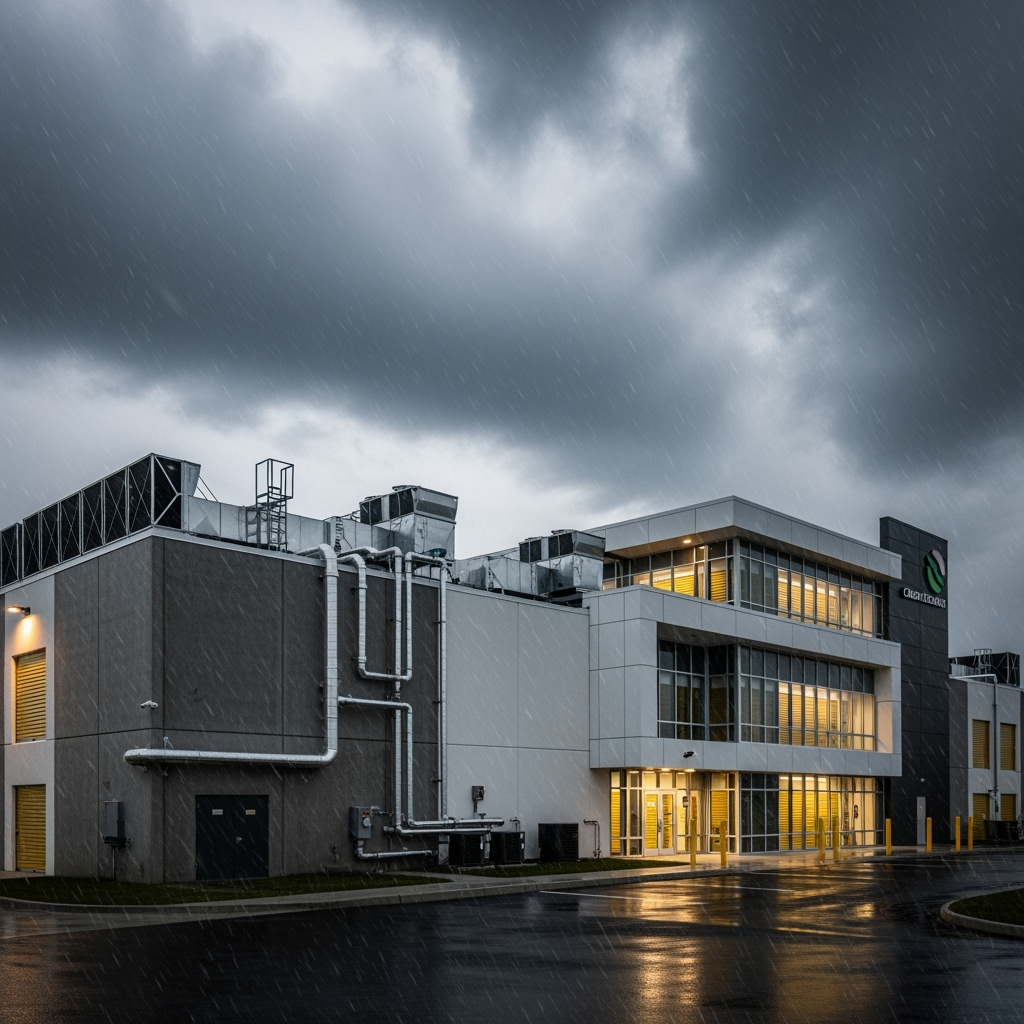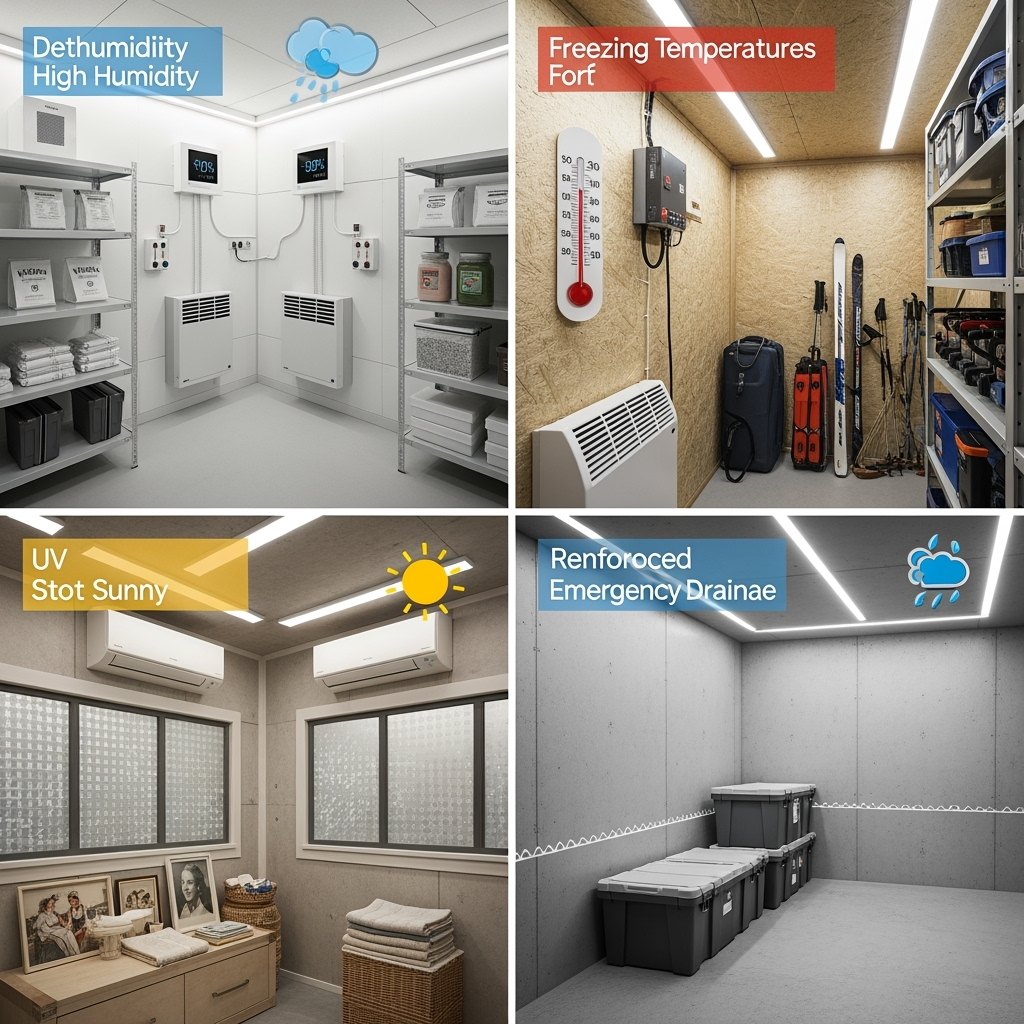
When it comes to protecting your belongings in storage, one size doesn’t fit all – especially when considering your region’s unique weather challenges. From scorching desert heat to humid coastal conditions, your location’s climate should directly influence your storage choices. This comprehensive guide will help you make climate-smart storage decisions based on your specific geographical location.
Understanding Regional Weather Challenges
Different regions face distinct weather-related storage challenges:
- Coastal Areas: High humidity, salt air, and hurricane risks
- Desert Regions: Extreme heat, dust, and dramatic temperature fluctuations
- Northern Regions: Freezing temperatures, snow, and moisture from thawing
- Humid Subtropical Regions: Year-round moisture concerns and mold risks
Climate-Controlled Solutions by Region

Coastal Region Storage Solutions
- Enhanced dehumidification systems
- Corrosion-resistant storage units
- Hurricane-proof construction
- Elevated storage options for flood protection
Desert Climate Considerations
- Advanced temperature control systems
- UV protection features
- Dust-prevention measures
- Insulated unit construction
Northern Climate Requirements
- Heated storage options
- Moisture barriers
- Snow and ice management systems
- Proper insulation for temperature stability
Selecting the Right Climate Control Features
Consider these essential features based on your location:
Temperature Control
- Consistent temperature maintenance
- Automated climate adjustment systems
- Temperature monitoring capabilities
- Emergency backup systems
Humidity Management
- Dehumidification systems
- Moisture monitoring
- Ventilation controls
- Mold prevention measures
Protecting Different Types of Items
Electronics and Technology
- Stable temperature requirements
- Humidity control essentials
- Static electricity prevention
- Proper ventilation needs
Furniture and Fabrics
- Moisture control importance
- Temperature stability needs
- UV protection requirements
- Pest prevention measures
Seasonal Storage Transitions
Learn how to adjust your storage strategy with seasonal changes:
Spring to Summer
- Increase temperature control
- Monitor humidity levels
- Check ventilation systems
- Prepare for storm seasons
Fall to Winter
- Adjust temperature settings
- Enhance moisture protection
- Prepare for freeze protection
- Check heating systems
Emergency Preparedness
Ensure your storage solution includes:
- Backup power systems
- Flood protection measures
- Storm-resistant features
- Emergency access plans
Making the Right Choice for Your Region
When selecting a climate-controlled storage solution:
- Assess your local weather patterns
- Consider seasonal changes
- Evaluate specific item requirements
- Choose appropriate climate control features
- Plan for weather emergencies
A climate-smart storage solution protects your belongings while providing peace of mind, regardless of your region’s weather challenges. By understanding and preparing for your area’s specific climate considerations, you can ensure your stored items remain in perfect condition year-round.
Remember to regularly monitor your storage conditions and adjust climate control settings as needed to maintain optimal protection for your valuable items. With the right regional storage solution, you can confidently store your belongings knowing they’re protected against any weather challenge your area might face.










Leave a Reply